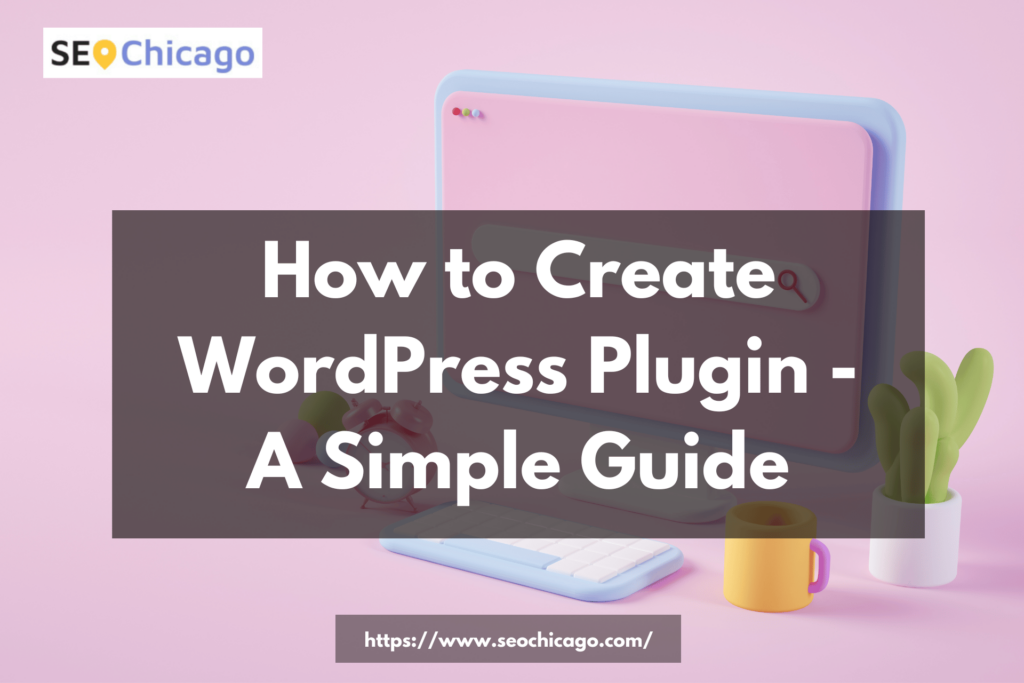If you’re a WordPress user, chances are you’ve come across a plugin or two. Plugins are small pieces of software that add features to your WordPress site. In this post, we’ll show you how to create your own plugin. By the end, you’ll be able to customize your WordPress site exactly the way you want it. Let’s get started!
What is a WordPress Plugin and What Does It Do?
A WordPress plugin is a software program that can be installed on websites powered by WordPress Content Management System (CMS). This type of plugin serves a particular purpose in order to enhance the user experience and add additional features and functionalities to a website. The plugin can range from simple design adjustments or extended functions, such as social media integration, contact forms, and the ability to create custom posts. By downloading plugins, users can customize their websites according to their preferences without needing any coding knowledge or technical skills. WordPress has proven itself time and time again as an essential platform for marketing professionals, small business owners, bloggers, and more – thanks in large part to its wide selection of plugins.
How to Create a WordPress Plugin – An Overview
Creating a WordPress plugin is a great way to extend the functionality of an existing website. It can be easily done using simple HTML and jQuery, giving developers the freedom to code whatever features they need for their site. To get started, one must first create a basic folder structure that includes all your plugin’s necessary files, as well as external resources such as images, scripts, and stylesheets that your plugin may need. After this is completed, developers will write the code for their plugins in the main PHP file with relevant data and functions, specifying all of the front-end areas in this plugin will work. Finally, before submitting the plugin to the WordPress repository for approval and distribution to other users, all comments in your code should be properly recorded so any reviewer can understand how it works quickly and easily. With these steps followed diligently, developers should be able to create custom WordPress plugins with ease!
The Anatomy of a WordPress Plugin
A WordPress plugin is a piece of software that can extend the functionality of WordPress websites or blogs. There are many different types of plugins, all of which have the common goal to offer website owners additional features they may need. A typical plugin comprises of several parts; this includes an interface file, a functions file, and language files. The interface is the part of the plugin that interacts with users; it usually contains HTML for forms as well as JavaScript for enhanced user interaction. The functions file stores any code needed for special plugin functions to work correctly. Finally, language files enable website administrators to view plugins in multiple languages on their sites. Properly architected WordPress plugins are essential if one wants to take advantage of all that the platform has to offer and customize their site’s functionality.
How to Code a WordPress Plugin
Writing a WordPress plugin is within reach of any developer with basic coding knowledge. To get started, familiarize yourself with the WordPress codex, which discusses all the parameters required for creating a working plugin. You can also find tutorials and sample plugins online that will help you break down the process step-by-step. With experience and knowledge of best practices, anyone can create a quality WordPress plugin to enhance their website or app. Once you have written your code and tested your plugin, use the available submission tools to release it into the public domain for other users to benefit from your work.
How to Install and Activate Your Plugin
Installing and activating a plugin is an important step in furthering your website capabilities. The process can be boiled down to a few straightforward steps. First, you’ll need to locate the plugin of your choosing. Once you’ve identified the right one, it’s time to download and upload it to your WordPress Dashboard. To do this, log into your Dashboard and head over to the ‘Plugins’ page. There, you’ll have the option of adding or uploading a new plugin – select that option and finally hit ‘Install Now’. Upon successful installation, make sure to activate it as well in order for its full capabilities to be recognized on your website. With minimal effort, you’ll soon have all of the features associated with that specific plugin online for all visitors to see!
Troubleshooting Tips for Common Issues
Troubleshooting common issues can be a daunting task, but with the right guidance and preparation, you can quickly identify and fix the problems. Start by recognizing what type of issue you’re dealing with – hardware or software – as this will help to determine the best approach. Then, take into consideration any specific instructions that are provided for your particular system and search for solutions online if needed. Lastly, pay attention to any history or related error messages as this can provide valuable clues to narrow down the cause of the issue. With these tips in mind, you can confidently tackle troubleshooting the most common issues.
Conclusion
To sum up, WordPress plugins are extremely powerful and useful tools for managing your website. With them, you can make modifications faster than with HTML and CSS, as well as improve its functionality to better suit your needs. Starting from the basics of understanding what a WordPress plugin is and how it works to coding and troubleshooting, this article has laid out the necessary steps to successfully create a WordPress plugin. Remember, if you’re ever stuck when writing your plugin code or need additional help beyond the scope of this article, search engines like Stack Overflow often have helpful answers that could provide more insight. Beyond that, research custom plugins created by others in different industries as well as best practices available online for tips on constructing great plugins!
